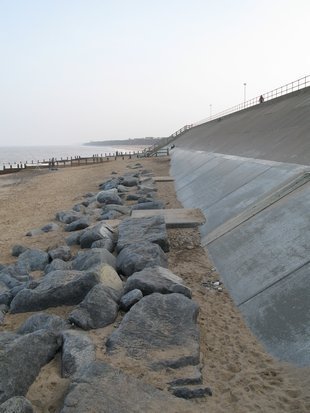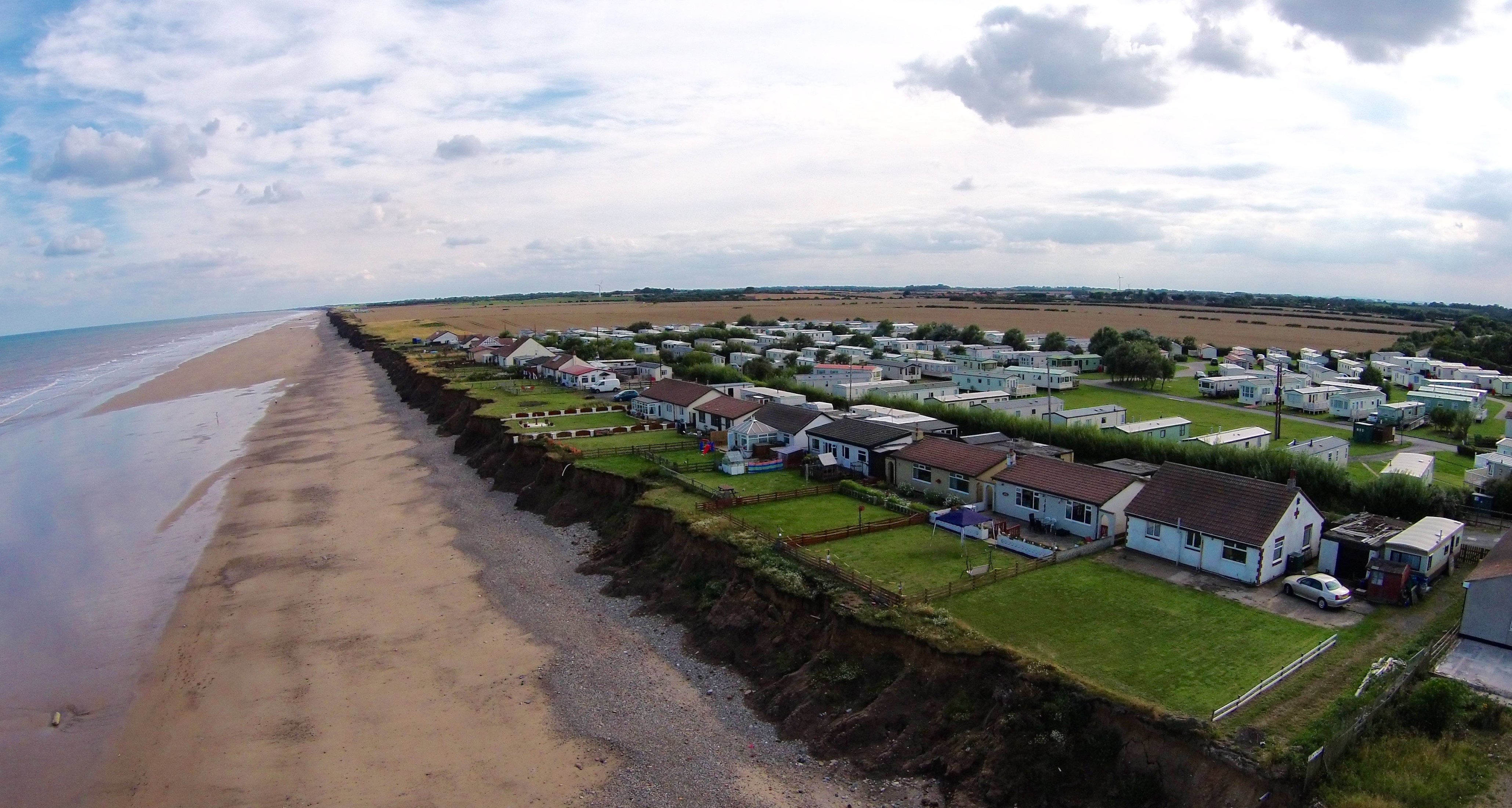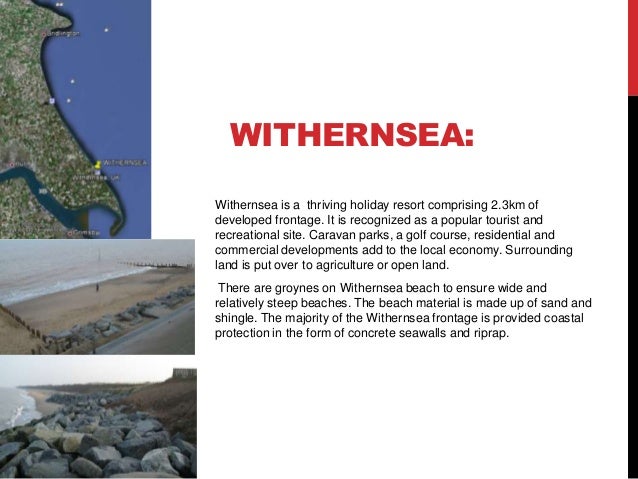Are you having trouble finding 'withernsea case study'? You will find your answers right here.
Table of contents
- Withernsea case study in 2021
- How much rock armour was imported from norway
- Case study of coastal erosion
- Hornsea and mappleton case study
- North norfolk case study
- Spit case study
- Sustainable coastal management case study
- Hornsea case study
Withernsea case study in 2021
 This image representes withernsea case study.
This image representes withernsea case study.
How much rock armour was imported from norway
 This picture representes How much rock armour was imported from norway.
This picture representes How much rock armour was imported from norway.
Case study of coastal erosion
 This picture demonstrates Case study of coastal erosion.
This picture demonstrates Case study of coastal erosion.
Hornsea and mappleton case study
 This picture representes Hornsea and mappleton case study.
This picture representes Hornsea and mappleton case study.
North norfolk case study
 This picture illustrates North norfolk case study.
This picture illustrates North norfolk case study.
Spit case study
 This image representes Spit case study.
This image representes Spit case study.
Sustainable coastal management case study
 This picture demonstrates Sustainable coastal management case study.
This picture demonstrates Sustainable coastal management case study.
Hornsea case study
 This picture illustrates Hornsea case study.
This picture illustrates Hornsea case study.
How does the Withernsea frontage protect the coast?
Coastal Management The majority of the Withernsea frontage is provided coastal protection in the form of concrete seawalls and two rock reventments. The centre section of the Withernsea frontage is provided with coast protection in the form of concrete seawalls and rock armour reventment.
Why are the groynes so important to Withernsea?
The groynes are essential to help retain the sand adjacent to the hard coastal defences. Without the sand, the coastal structures could become unstable, which could result in their collapse, putting Withernsea at risk from the sea. It is estimated that the groynes will have a lifespan of around 50 years.
Is there a booklet for coastal fieldwork at Withernsea?
A coastal fieldwork booklet developed specifically for the new AQA GCSE Geography specification. The booklet provides support for students in planning and gathering data for coastal fieldwork. It is primarily designed for coastal fieldwork at Withernsea, however, it can be easily developed to cover other locations.
Where is Withernsea located on the North Sea?
It is situated approximately 10 miles (16 km) north of Spurn Point and 17 miles south of Hornsea where the B1242 meets the A1033. The town is surrounded by rich agricultural land and yet sits close to the cliffs and the North Sea. Geology. Withernsea lies upon unconsolidated till.
Last Update: Oct 2021